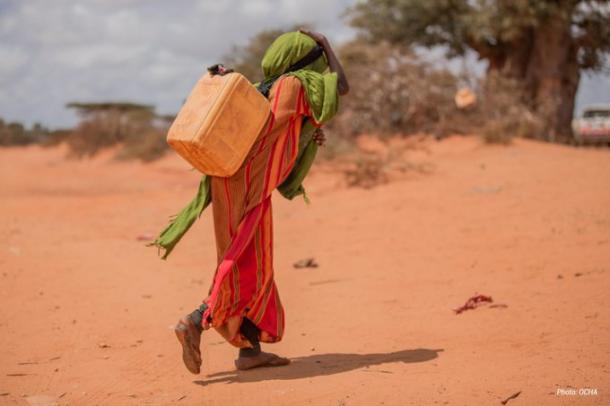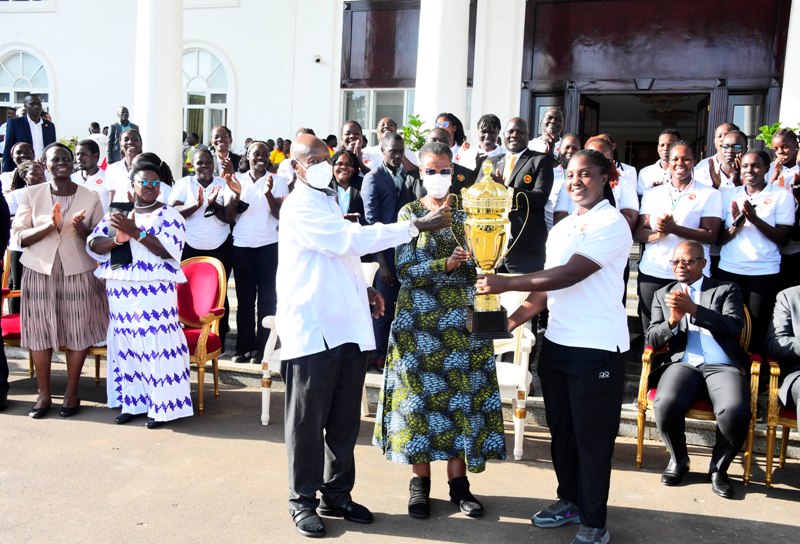UNICEF: Drought In Parts Of Africa Puts Children “One Disease Away From Catastrophe”
The number of drought-hit people in Ethiopia, Kenya and Somalia without reliable access to safe water jumped from 9.5 million in February to 16.2 million in July.

Children in the Horn of Africa and the Sahel could die in devastating numbers unless urgent support is provided, as severe malnutrition and the risk of water-borne disease collide, warned UNICEF on Tuesday.
“History shows that when high levels of severe acute malnutrition in children combine with deadly outbreaks of diseases like cholera or diarrhea, child mortality rises dramatically — and tragically. When water either isn’t available or is unsafe, the risks to children multiply exponentially,” said UNICEF Executive Director Catherine Russell.
“Across the Horn of Africa and the Sahel, millions of children are just one disease away from catastrophe,” she said.
The number of drought-hit people in Ethiopia, Kenya and Somalia without reliable access to safe water jumped from 9.5 million in February to 16.2 million in July, putting children and their families in increased danger of contracting illnesses like cholera and diarrhea, said UNICEF.
Some 40 million children face high to extremely high levels of water vulnerability in Burkina Faso, Chad, Mali, Niger and Nigeria as drought, conflict and insecurity are driving water insecurity, it said.
More than 2.8 million children in the Horn of Africa and the Sahel are already suffering from severe acute malnutrition, which means they are up to 11 times more at risk of dying from water-borne diseases than well-nourished children, it said.
In Somalia, outbreaks of acute watery diarrhea and cholera have been reported in almost all drought-affected districts, with 8,200 cases reported between January and June, more than double the number of cases reported during the same period last year, said UNICEF.
UNICEF said it is providing life-saving aid and resilient multisectoral services to children and their families in dire need across the Horn of Africa and the Sahel, but its appeal to improve families’ long-term resilience in the Horn of Africa region is currently only 3 percent funded, and the appeal for the Central Sahel region to meet the needs of vulnerable children and families with water, sanitation, and hygiene programs is only 22 percent funded.
“Families across drought-impacted regions are being forced into impossible choices. The only way to stop this crisis is for governments, donors, and the international community to step up funding to meet children’s most acute needs, and provide long-term flexible support to break the cycle of crisis,” said Russell.







